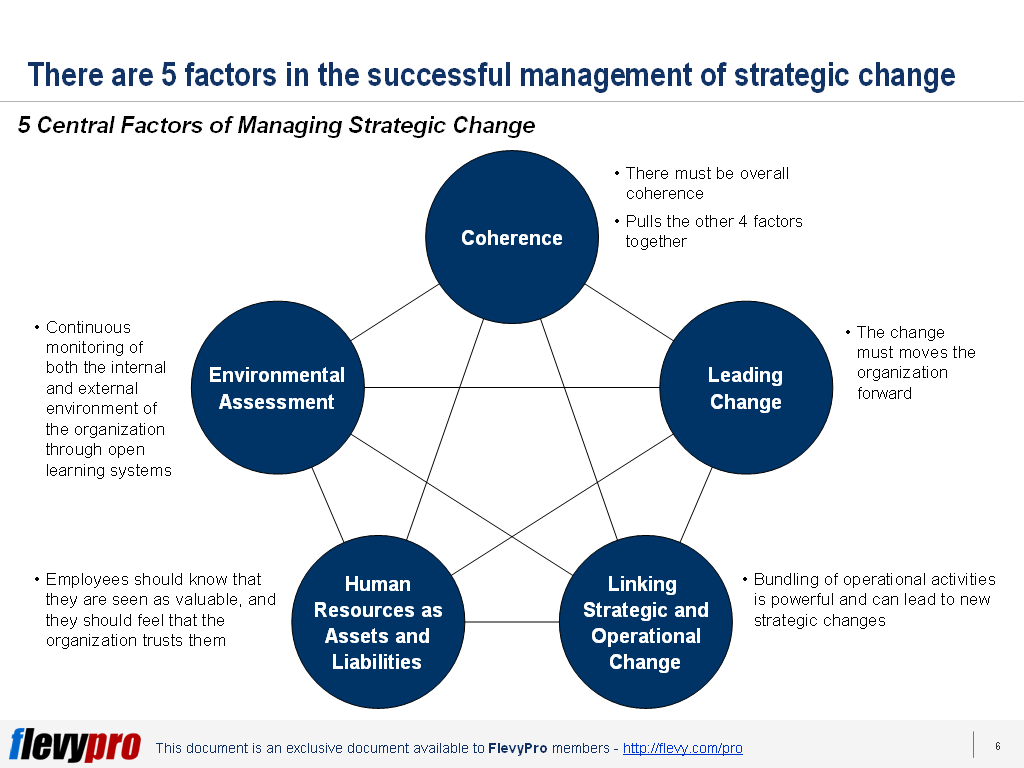How to manage strategic change
Business Dictionary defines strategic change as “a restructuring of an organization’s business or marketing plan that is typically performed to achieve an important objective. For example, a strategic change might include shifts in a corporation’s policies, target market, mission or organizational structure”.
There’s no doubt that strategic change is difficult, and turning that change into commercial success even more so. To successfully execute such a change initiative, we need to understand the Dimensions of Strategic Change, as identified by Andrew Pettigrew and Richard Whipp. These are three such dimensions:
- Content of change – Objectives, purpose, and goals of the strategy.
- Process of change – Implementation of the strategy.
- Context of change – The internal (e.g. management decisions) and external (e.g. competition) environment, in which the strategy operates.
Among these three change dimensions, there is continuous interaction. The three dimensions are also interdependent with each other. For instance, context and process define the content of change.
This model suggests that change should not be considered only in terms of the processes, but should also consider the historical, cultural, and political features of the organization. Successful change is a result of the interaction between the content or “what” of change; the processor “how” of change; the organizational context or “where” of change.
Content of change
As mentioned, this focuses on objectives, purposes, and goals of the strategy. Change as content looks at organizational parameters before and after an event in the life of the organization. Here, we try to understand what the possible antecedents and consequences of the change could have been.
Process of change
Change as process is concerned with understanding the actual change as it unfolds, including the role of the manager as a change agent. It refers to the way the change in content occurs e.g. the speed, sequence of activities, decision-making and communication systems deployed, and the resistance encountered. The key question here is: How do we create the benefits?
Context of change
The context of change is the situation surrounding the organization – the playing field from where the forces of change emanate and where the change is accomplished. “Outer context” refers to the political, economic, social, technological, regulatory and competitive environment where the firm operates. “Inner context,” on the other hand, refers to the internal environment of the firm – its corporate culture, structure, formal and informal processes, political context, and power centres.
This Dimensions of Strategic Change framework is useful for understanding the complexities of organizational change, even for smaller and ordinary levels of change.
Also, as identified in this model, five central interrelated factors allow for successfully managing strategic change:
- Environment assessment
- Human resources as assets and liabilities
- Linking strategic and operational change
- Leading change
- Coherence


Comments
No comments currently.